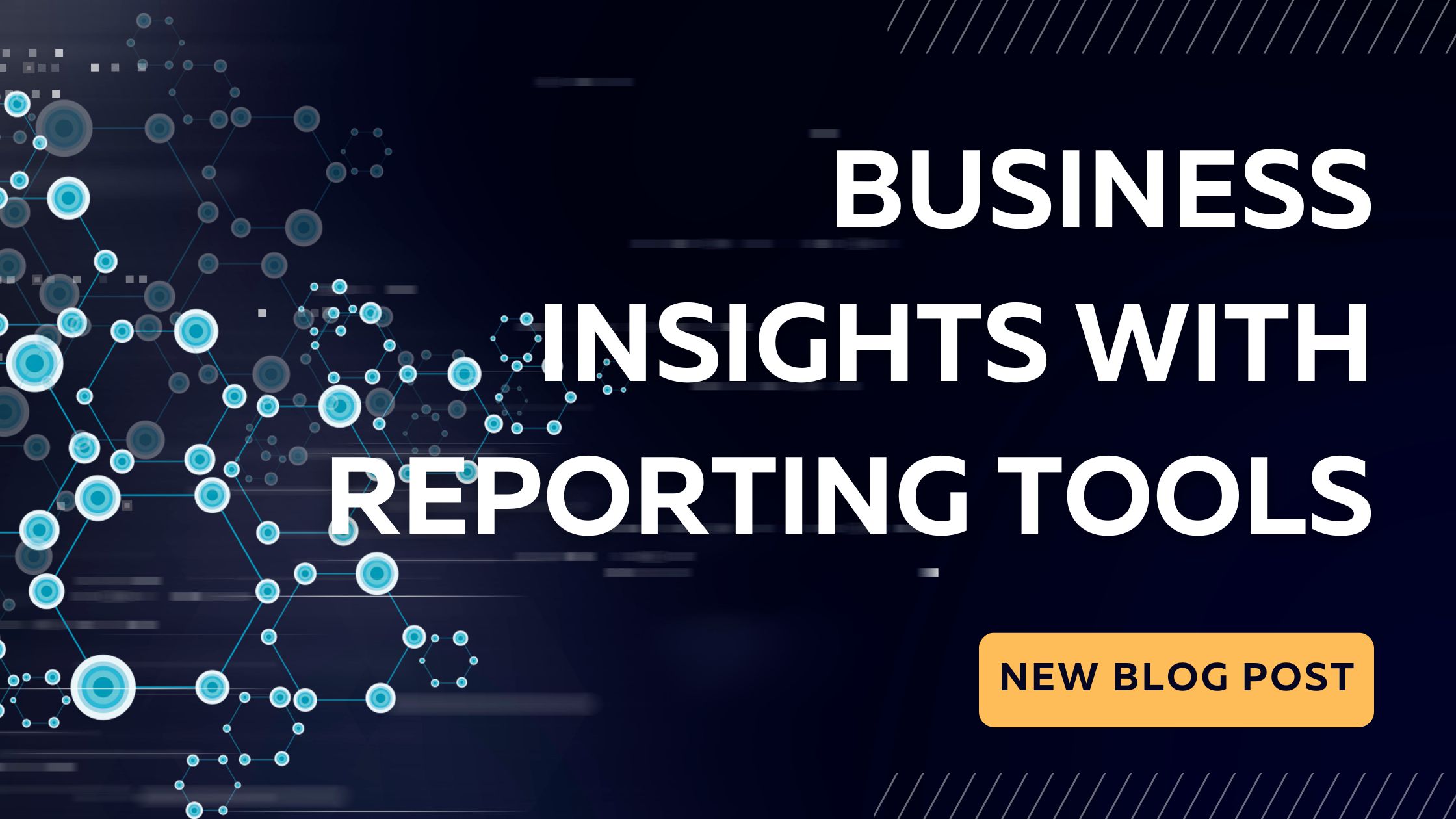
Introduction:
In the age of data-driven decision-making, the right reporting tools can be game-changers for businesses. From generating insightful reports to driving strategic decisions, these tools offer powerful features that can transform how organizations operate.
In this blog, we’ll explore how reporting tools differentiate businesses, aid in decision-making, support internal analytics teams, and add new dimensions to data analysis. We will also provide a comparative overview of different tools, highlighting their unique strengths.
1. Differentiating Businesses with Reporting Tools
Transformative Impact: Reporting tools provide businesses with a competitive edge by enabling them to make data-driven decisions swiftly and accurately. These tools offer robust analytics capabilities, allowing organizations to identify trends, uncover opportunities, and mitigate risks.
Real-World Example: In the healthcare domain, we developed a Vitals Reporting system. This system enables healthcare providers to analyze billable subscribers, monitor vitals trends, and track alerts in real-time. By leveraging these insights, providers can improve patient care, optimize billing processes, and enhance overall operational efficiency.
2. Driving Business Decisions with Diverse Data Points and Views
Holistic Analysis: By combining different data points and creating diverse views, reporting tools enable businesses to gain a comprehensive understanding of their operations. This multidimensional analysis supports more informed decision-making.
Real-World Example: For our healthcare client, we created Survey Reporting visuals. These visuals provide a detailed view of different surveys and feedback collected from patients. By analyzing these diverse data points, healthcare administrators can make informed decisions to improve patient satisfaction and care quality.
3. Supporting Internal Analytics Teams
Empowering Analysts: Reporting tools streamline the workflow for internal analytics teams, enabling them to focus on extracting actionable insights rather than spending time on data preparation.
Real-World Example: Our internal analytics team developed Order Reporting dashboards. These dashboards provide comprehensive views of device orders, delivery status, and timestamps. This real-time monitoring helps the team quickly identify and address any issues in the supply chain, ensuring timely delivery of medical devices to patients.
4. Adding Dimensions to Data Analysis
Expanding Perspectives: By enabling the creation of calculated fields, custom measures, and advanced visualizations, reporting tools add new dimensions to data analysis, allowing businesses to explore data from multiple angles.
Real-World Example: We implemented detailed Subscriber Reporting visuals for our healthcare client. These visuals dissect subscriber information such as address, phone number, location, and status. By analyzing these dimensions, healthcare providers can better understand their subscriber base, leading to more personalized and effective care strategies.
In our previous discussions, we explored the foundations of data ingestion architecture and lake formation. These processes are crucial for ensuring that the data feeding into reporting tools is clean, reliable, and well-organized. By integrating robust data ingestion pipelines with advanced reporting capabilities, businesses can unlock the full potential of their data.
Comparative Insights Among Various Options for Reporting
Tool A:
- Strengths: Serverless, scalable, machine learning integration.
- Ideal For: Organizations needing rapid scaling without infrastructure management.
Tool B:
- Strengths: Seamless integration with widely-used office products, user-friendly interface, robust data modeling.
- Ideal For: Businesses seeking extensive customization and integration.
Tool C:
- Strengths: Powerful visualization, extensive data blending, customization capabilities.
- Ideal For: Organizations prioritizing advanced visualizations and data storytelling.
Conclusion: Reporting tools offer transformative capabilities that can differentiate businesses, enhance decision-making, support internal analytics teams, and add new dimensions to data analysis. By understanding and leveraging these tools’ unique features, organizations can drive growth and achieve strategic goals.
Feedback and Discussion: We’d love to hear your experiences with these reporting tools. How have they helped your organization make better decisions? Share your insights and join the discussion in the comments below!

